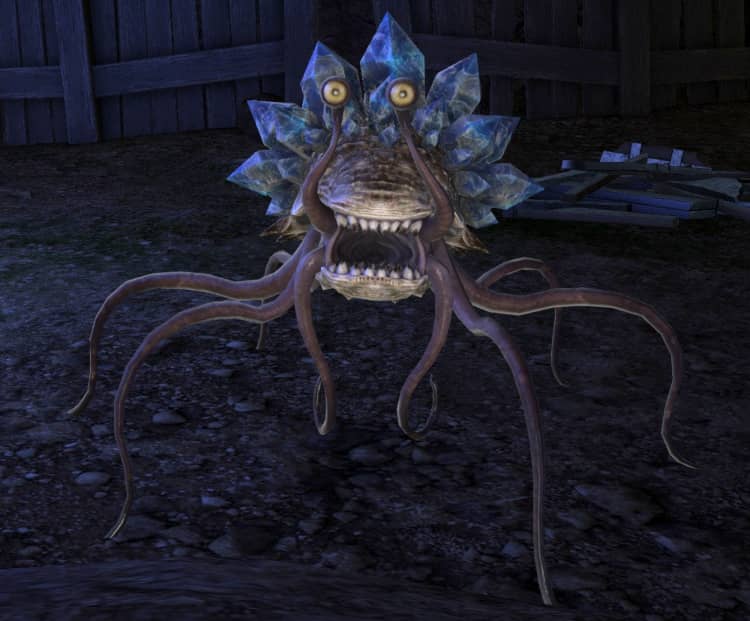
Each study provides slightly different information due to the differences in methods in obtaining data. As rock climbing has become more popular, several studies have been published documenting the frequency and severity of injuries sustained by rock climbers in various circumstances.
Lead coblyn the foot falls skin#
They range from mild skin abrasions to death. Injuries from falling come in many forms. The fall can produce a significant force on the midsection, where the climbing rope is tied to their harness. Thus, a climber who is 5 feet above their protection will fall 10 feet. Lead falls are dangerous because the climber can fall twice the length of the rope between them and their last piece of protection. Chances of neck and head injuries are very low and they can be avoided by falling correctly.
Lead coblyn the foot falls how to#
Several published studies have researched climbing injuries, especially lead climbing injuries, and how to avoid them. The greatest potential for injury while rock climbing occurs when a lead climber falls. Special shoes or braces are the best method for dealing with this problem.A climber in Calico Hills falls while leading This may result in a severely deformed foot that is very challenging to correct with surgery. In addition to the ligaments not holding the bones in place, the bones themselves can sometimes fracture and disintegrate - without the patient feeling any pain. This is because patients do not feel pain as the arch collapses. This type of arch collapse is typically more severe than that seen in patients with normal feeling in their feet. People with diabetes or with a nerve problem that limits normal feeling in the feet, can have arch collapse. In addition to ligament injuries, fractures and dislocations of the bones in the midfoot can also lead to a flatfoot deformity.įor more information about injuries to the midfoot: Lisfranc (Midfoot) Injuries Diabetic Collapse (Charcot Foot) This more commonly occurs in the middle of the foot (Lisfranc injury), but can also occur in the back of the foot. If the ligaments are torn, the foot will become flat and painful. The ligaments support the bones and prevent them from moving. The arthritis can affect the back of the foot or the middle of foot, both of which can result in a fallen arch.įor in-depth information about rheumatoid arthritis of the foot: Rheumatoid Arthritis of the Foot and Ankle InjuryĪn injury to the ligaments in the foot can cause the joints to fall out of alignment. Inflammatory arthritis not only causes pain, but also causes the foot to change shape and become flat. This type of arthritis attacks not only the cartilage in the joints, but also the ligaments that support the foot. Inflammatory arthritis, such as rheumatoid arthritis, can cause a painful flatfoot. In addition, people who are involved in high impact sports, such as basketball, tennis, or soccer, may have tears of the tendon from repetitive use.įor in-depth information on posterior tibial tendon dysfunction: Posterior Tibial Tendon Dysfunction Arthritis Having flat feet since childhood increases the risk of developing a tear in the posterior tibial tendon.
Other risk factors include obesity, diabetes, and hypertension. Women and people over 40 are more likely to develop problems with the posterior tibial tendon. The posterior tibial tendon attaches the calf muscle to the bones on the inside of the foot.

The large bump can cause skin problems and an ulcer (a sore that does not heal) may develop if proper diabetic shoewear is not used. Because their sensation is affected, people with diabetes may not have any pain.

Pain along the course of the posterior tibial tendon which lies on the inside of the foot and ankle.Depending on the cause of the flatfoot, a patient may experience one or more of the different symptoms below:


 0 kommentar(er)
0 kommentar(er)
